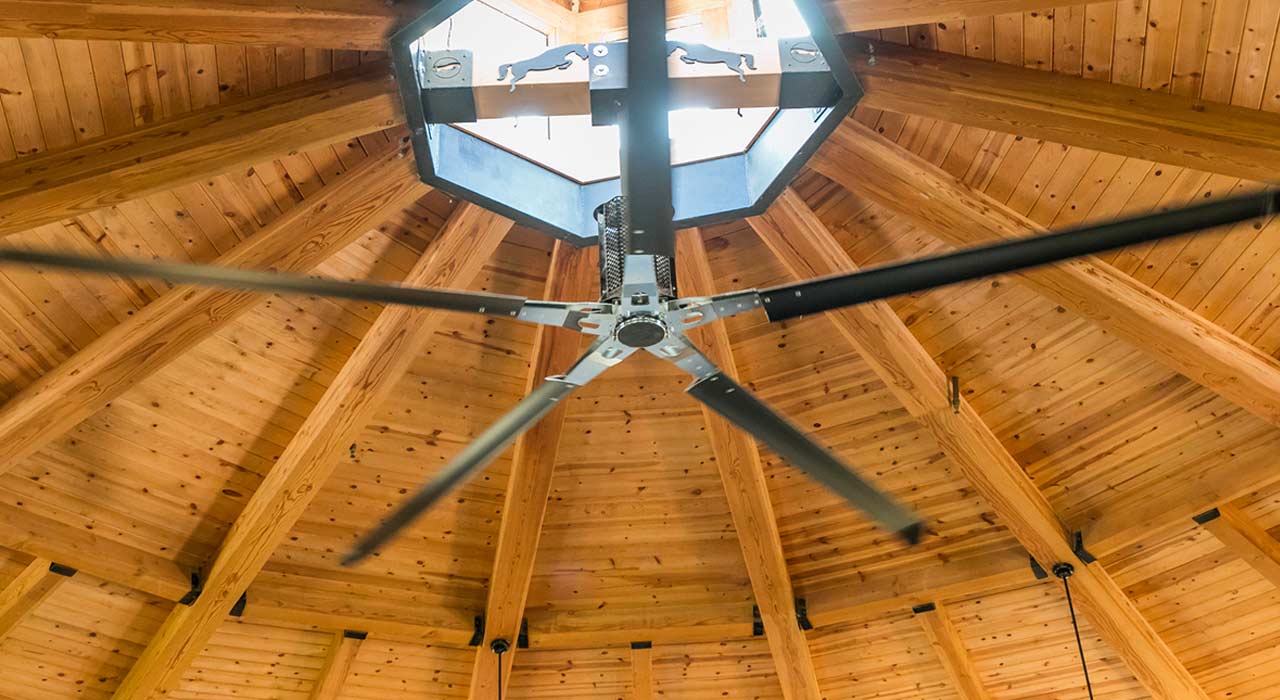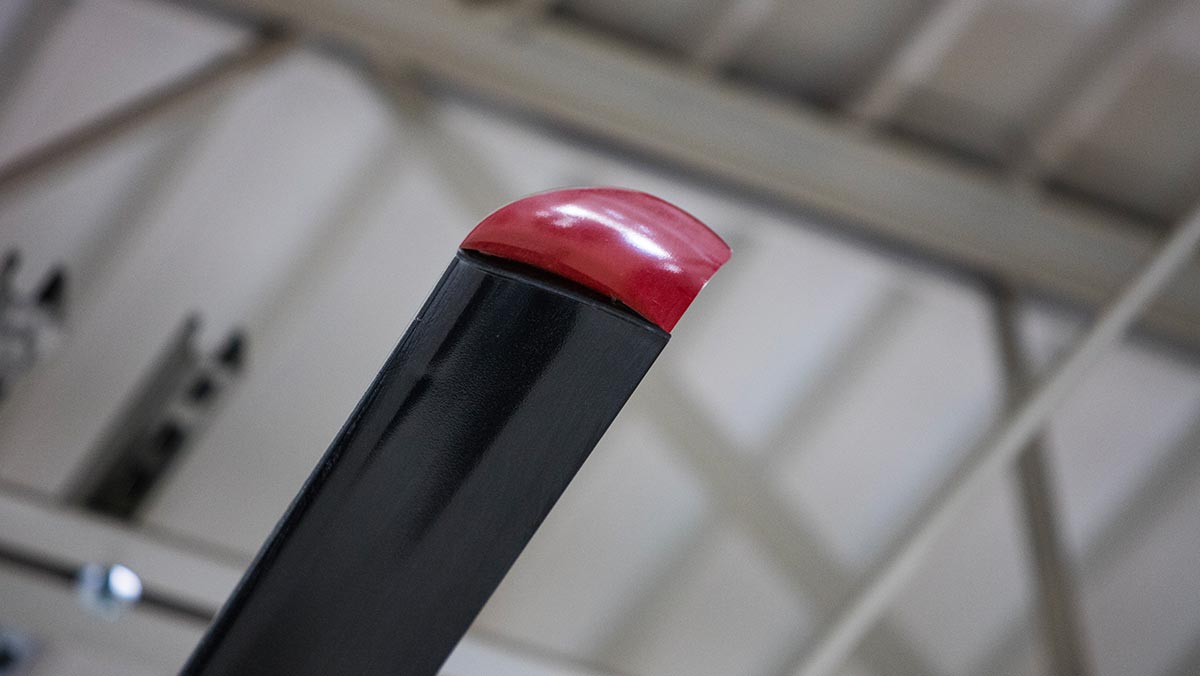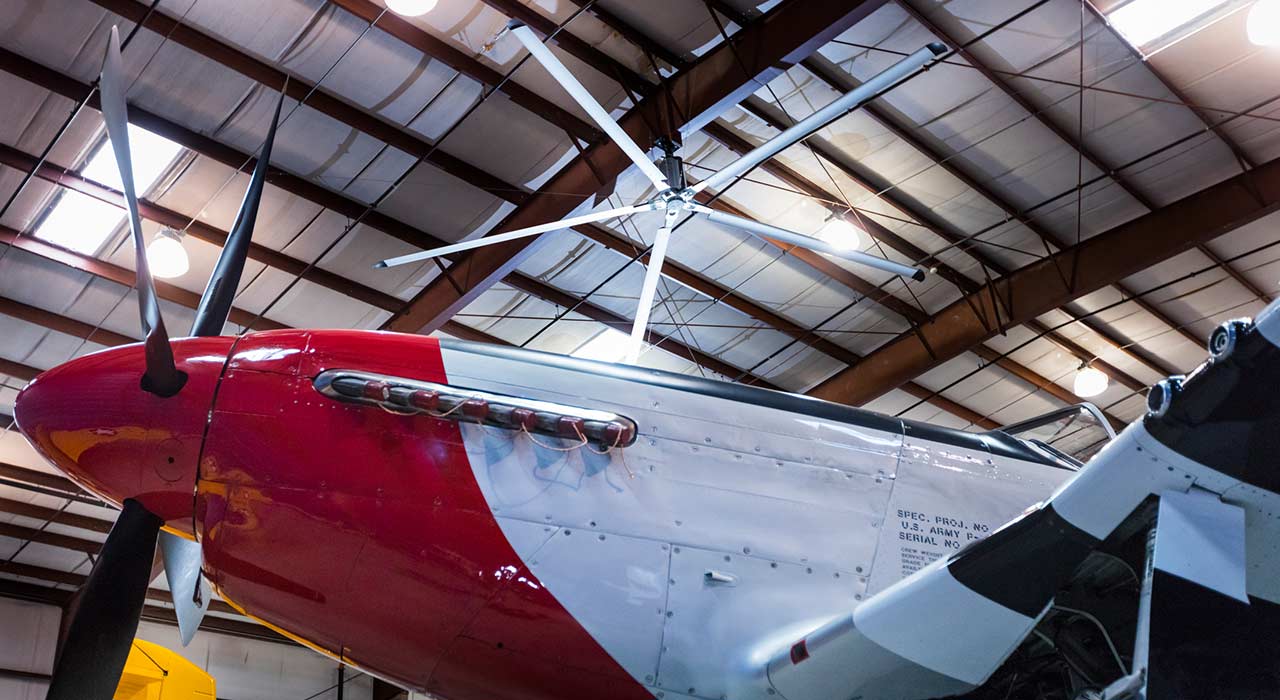Destratification: It’s All In The Mix
Blended air is efficient air that will save on energy costs
Destratification sounds like a complex topic, but it’s not really. What is significant though, are its potential impacts.
Slowly and consistently drawing heated air down from tall ceilings (more than 10 feet) with an HVLS fan and mixing it with the colder, denser air below is essentially what destratification is all about.
But regardless of whether you run your EPIC HVLS fan in forward or reverse, your air will become properly blended to eliminate stratified layers and achieve equal temperatures at all levels of your interior space (without a wind chill effect). That also means energy cost savings to you and your business.
Plus, your employees will be much more comfortable without a steady breeze blowing on them during the workday. And if you’ve been running multiple space heaters, or other high-cost sources of heat to keep up with the cold air at floor level, eliminating them can add up to even more significant cost savings over time.
While HVAC systems do pump warm air into spaces with high ceilings, that air gets easily trapped. It has no way to make it down to the floor level where it’s needed most. With an HVLS fan driving the warm air down, efficiency takes over and your HVAC system will not have to work as hard to heat your space.
Our ‘fans’ are excited
But don’t just take our word for it.
A few of our more recent EPIC fan customers — Restore a Muscle Car and Tracker Marine Group and Catania Oils — are all very familiar with the positive effects of destratification.
Restore a Muscle Car heats its classic car restoration facility with propane. Based on annual projected usage, the business purchases its fuel in advance of colder months to lock in a much lower rate. Restore a Muscle Car owner Dave Hall is anticipating that his first winter with two Epic fans running will help lower propane consumption by circulating warm air that collects against his 16- to 20-foot ceilings, moving it down insulated walls to mix with cooler air below.
In addition to improving personnel comfort, productivity and safety for Tracker Marine Group, HVLS fans have also reduced the recreational and fishing boat manufacturer’s heating costs by as much as 50 percent and allowed the plant to shut off half of its gas-fired heaters during the winter months.
At Catania Oils, two EPIC HVLS fans in the company’s distribution center circulate warm gas heater-generated air that collects near the ceiling and pushes it down and across the dock positions to mix with the colder air below. The company anticipates that the fans will help lower heating energy costs in the distribution center, with a projected decrease of 400 therms per year. That’s equivalent to an annual savings of 400,000 cubic feet of natural gas or 40 million Btus.
Convinced?
If you’re ready to further explore how EPIC HVLS fans can improve your working environment, contact us and one of our fan experts can give you even more information about the benefits of destratification, increasing your HVAC system’s efficiency and how to project your energy costs savings.


